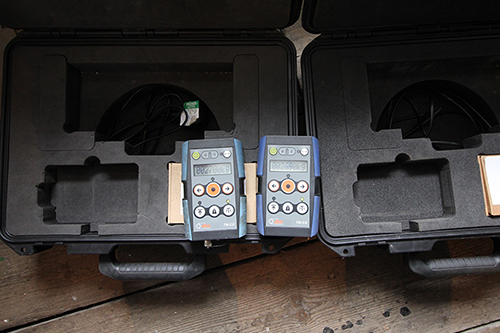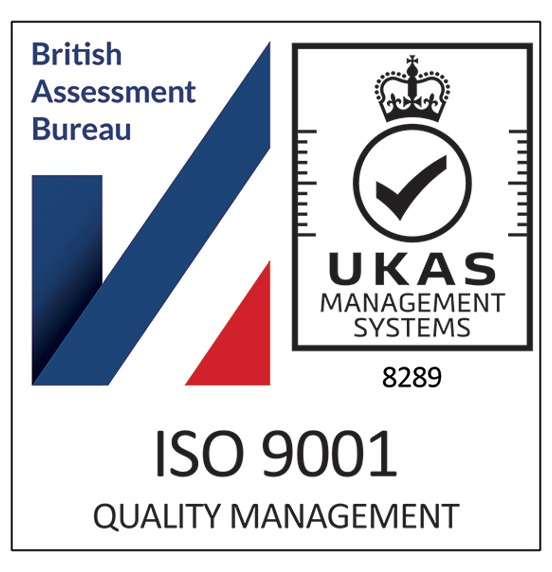
Statutory Inspections at Crofton Beam Engines in Marlborough, Wiltshire
Crofton Pumping Station is the oldest working beam engine in the world, making it one of the UK’s most significant industrial heritage sites. The station was built in 1807-9 to supply water to the highest point of the Kennet & Avon Canal, which links London and Bristol.
Hutcheon Examination Services (HESL) conducts inspections of mechanical equipment at Crofton Pumping Station and we’ve lent them digital load cells to help with its careful restoration.
A brief history of this precious landmark…
British engineers pioneered early developments in motive power and pumping technology to design steam powered beam engines, which were used to drain mines and supply towns and cities with water throughout the world. Crofton Pumping Station is a rare working example of their great innovative spirit.
Rebuilt and modernised several times during its long working life, one of the engines still ran until 1958 despite the canal becoming derelict after WWII, because water was still needed for farm and railway locomotive supply.
The Kennet & Avon Canal Trust bought the station in 1968. The building and engines were restored, and the site was officially reopened in 1970 by the Poet Laureate John Betjeman, an enthusiastic defender of Victorian architecture.
Today, the Wiltshire site still opens as a visitor centre and the engines are “in steam” on designated days throughout the summer. It provides a valuable education in science, engineering and British history, and is an attraction enjoyed by all ages.
Royal visitors and TV appearances
Famous visitors include the late Prince Philip, Prince Charles, and the Duke of Gloucester.
Construction tycoon, saviour of The Flying Scotsman and steam enthusiast, the late Sir William McAlpine, unveiled a prestigious Red Wheel plaque at Crofton in 2017. Only the most significant sites of historical importance to UK transport heritage are awarded a Red Wheel.
Crofton has been featured on the TV series Building Britain’s Canals and it’s part of a forthcoming French documentary about fire.
HESL lends Crofton equipment worth £5k
Following National Lottery Heritage Fund supported conservation and visitor facility improvement work, a restoration project is underway at Crofton Pumping Station.
The site is a charity, run on donations and the hard work of dedicated volunteers. HESL has been carrying out safety inspections there for many years and was only too happy to lend Crofton two calibrated digital load cells free of charge to help maintain their legendary ‘Number 2 Engine’.
Easy does it
Number 2 Engine was originally built in 1846 as a double-acting Sims patent combined cylinder engine. Although it was the best design of the time, it proved very unreliable. That’s why the engine was downgraded in 1903 to run on the simpler Cornish cycle.
This single-acting engine has a bore of 42 inches, a stroke of 7 feet 8 inches and indicated power of 42 kW. It drives a 30-inch diameter force pump capable of lifting approximately one ton of water, per stroke, at a rate of 10.2 strokes a minute over a 15-metre lift. However, without a pull action at the pump end following the downgrade, there was no force to push all that water up the delivery pipe.
A pragmatic ‘solution’ was to replace the push action by adding lots of concrete and scrap metal into the plunger, until it was heavy enough to do its job of pushing the next ton of water up the deliver pipe.
These modifications introduced a danger of dropping that end of the beam when the plunger cylinder was empty of water. This happened several times, occasionally falling hard enough to do some damage to the building and engine. When tests in this area found cracks in components that needed further investigation off site, disassembly was required.
When modern and traditional technology meet
To hoist the plunger safely and without risking damage to this rare artefact of engineering, Crofton needed a precise measurement of its weight. David Throup, a retired Electronic Engineer and Crofton volunteer explains:
“The offer to us from HESL to borrow two digital loadcells was our opportunity to get an accurate figure on the weight of the plunger and ensure that we shared the weight evenly between the two chain blocks, ensuring safe working for equipment and volunteers.
“A wireless connection to the readout made the collection of the data very straightforward. With HESL’s help, installation was easy and the entire process was completed within two hours.
“We now know that in operation the plunger weighs 8.4 tonnes. Having this measurement, never before made, is a very useful addition to the story of this engine and pump.”


Engineering history lives on
Crofton Pumping Station will reopen to visitors at Easter 2022. In the meantime, hard work will be going on to replace rivets, restore the boiler, clean, paint, re-fit, weld, test, tidy and survey other parts of the site.
David Throup adds:
“The generosity of HESL and other organisations helps us to fulfil our responsibility as custodians of this treasured industrial technology. Crofton is a unique site of world renown that will be used to teach future generations about Britain’s rich engineering past. Together, we’re doing our absolute best to preserve Crofton for their benefit.”
HESL is based in Berkshire and has been completing statutory examinations and proof load testing for mechanical equipment across a range of UK industries since 2004. Contact us to find out more about our inspection services.
Crofton Pumping Station is in rural North-East Wiltshire, approximately six miles south of Marlborough. Plan your visit, apply to become a volunteer and/or make a donation today.











